10 Traditional Cakes and Beverages from Asia and the Middle East
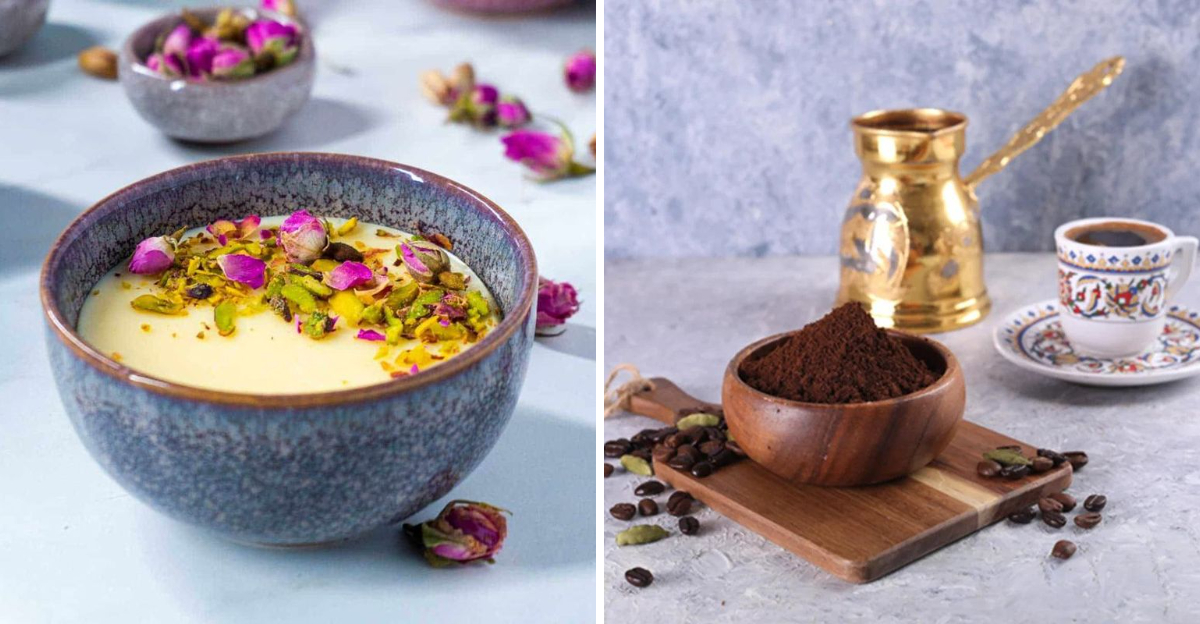
Do you was think about tasty treats from distant place. Asia and the Middle East offer amazing cakes and drinks with gentle flavors you might not have tried before. These foods quietly tell stories about different cultures and bring families together during important times. Let’s explore cakes and refreshing drinks that people have enjoyed for generations, offering a soft and simple taste of tradition and versatility.
1. Pandan Cake: Southeast Asia’s Emerald Treat
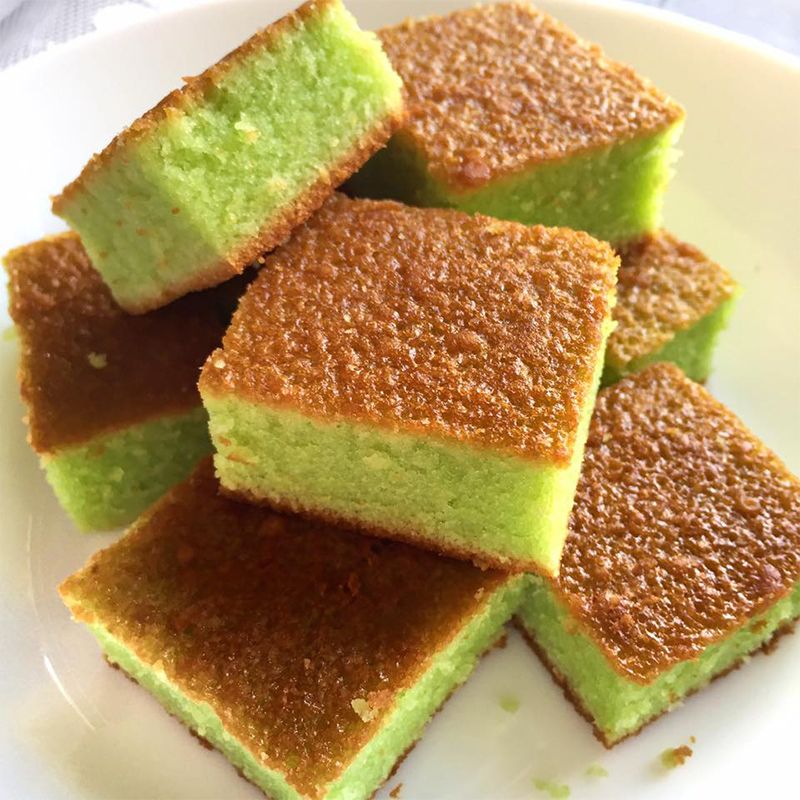
The bright green Pandan Cake draws attention at any gathering with itscolor and inviting aroma. Made from a soft sponge base blended with pandan leaf juice, this dessert is widely enjoyed in Malaysia, Singapore, and Indonesia. What makes this cake appealing is its airy texture and the natural scent from pandan leaves, which many compare to the smell of freshly cooked rice. Families often prepare it for weekend meals and special get-togethers. The cake’s green color comes directly from the pandan leaves, without the use of artificial coloring. Coconut milk is commonly included in the recipe to enrich its flavor.
2. Ube Cake: The Purple Treat from Philippines
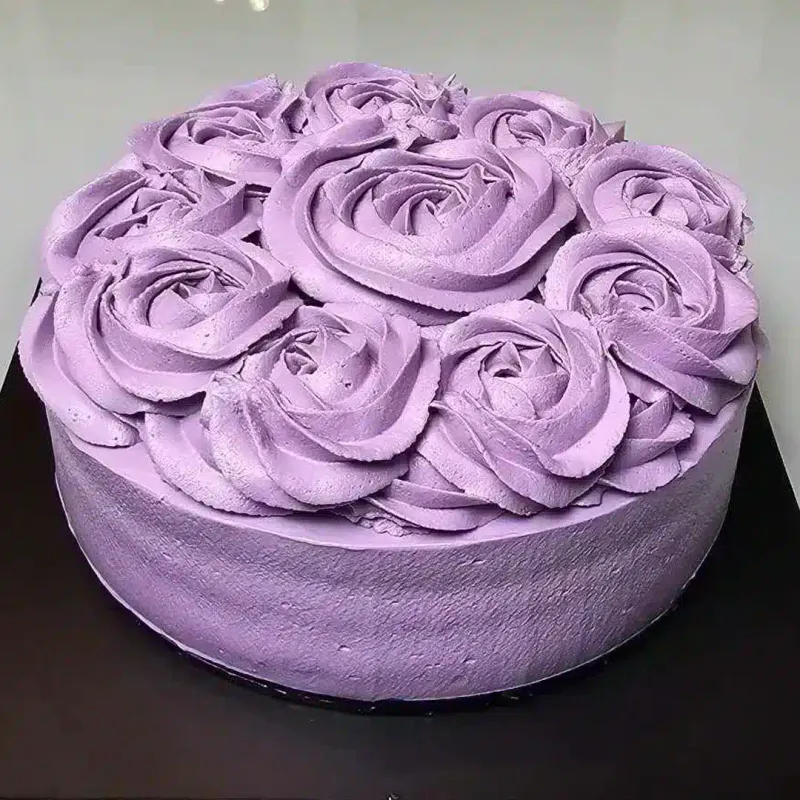
Have you come across a naturally purple cake. Ube Cake from the Philippines gets its bold color from purple yam, known locally as ‘ube.’ This soft, moist chiffon cake has gained attention worldwide for its eye-catching look and gentle, nutty flavor. Filipino families often prepare this cake for gatherings and meaningful occasions. The yam adds a light sweetness that appeals to both children and adults. Bakers usually finish the cake with a smooth frosting made from more ube, and sometimes include cheese for a flavor contrast that’s familiar in Filipino desserts.
3. Nian Gao: Chinese Sticky Cake
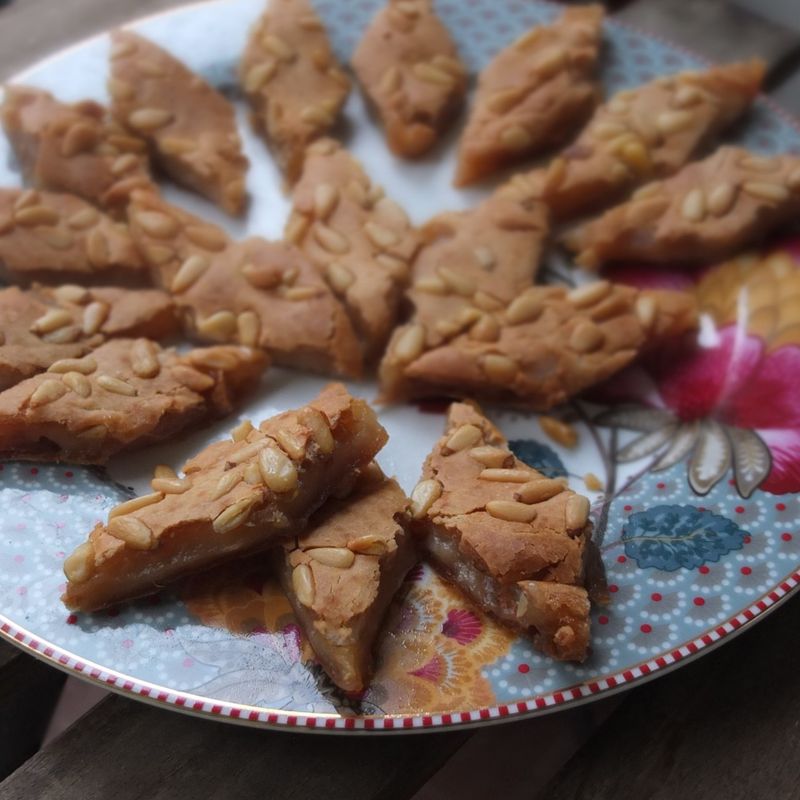
During Chinese versatile occasions, families enjoy Nian Gao, a sticky sweet cake. Made from glutinous rice flour and brown sugar, this dense, chewy treat is delicious. The name holds meaning — ‘nian’ means year and ‘gao’ means high, expressing the desire for improvement. Some households steam their Nian Gao, while others slice and fry it, giving it a crisp surface and soft center. There are many regional versions throughout China, with additions like dates, nuts, or red beans. The cake can be kept for weeks, becoming sweeter and chewier over time.
4. Ang Ku Kueh: Red Tortoise Cakes
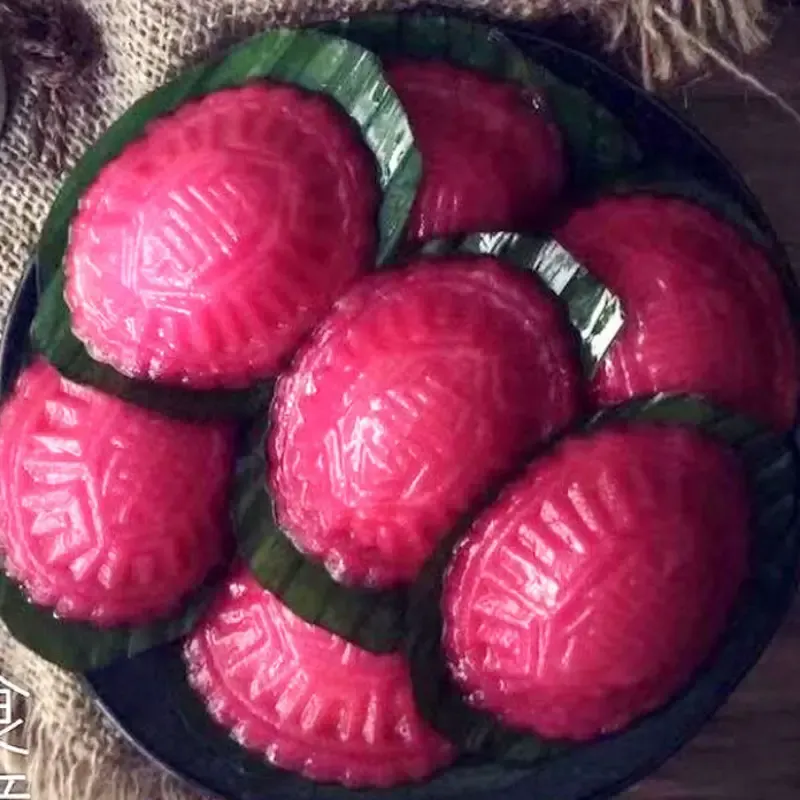
Shaped like tiny tortoises, Ang Ku Kueh are small, decorative Chinese pastries with deep cultural meaning. These red cakes tortoises are seen as symbols of endurance in Chinese traditions. The outer layer is made from glutinous rice flour tinted red, while the filling often features sweet mung bean paste or crushed peanuts. Preparing these treats takes skill—cooks press the dough into wooden molds carved with tortoise patterns. Families share Ang Ku Kueh during different occasions. The contrast between the chewy exterior and smooth filling adds to the overall experience.
5. Muhallebi: Middle Eastern Milk Pudding
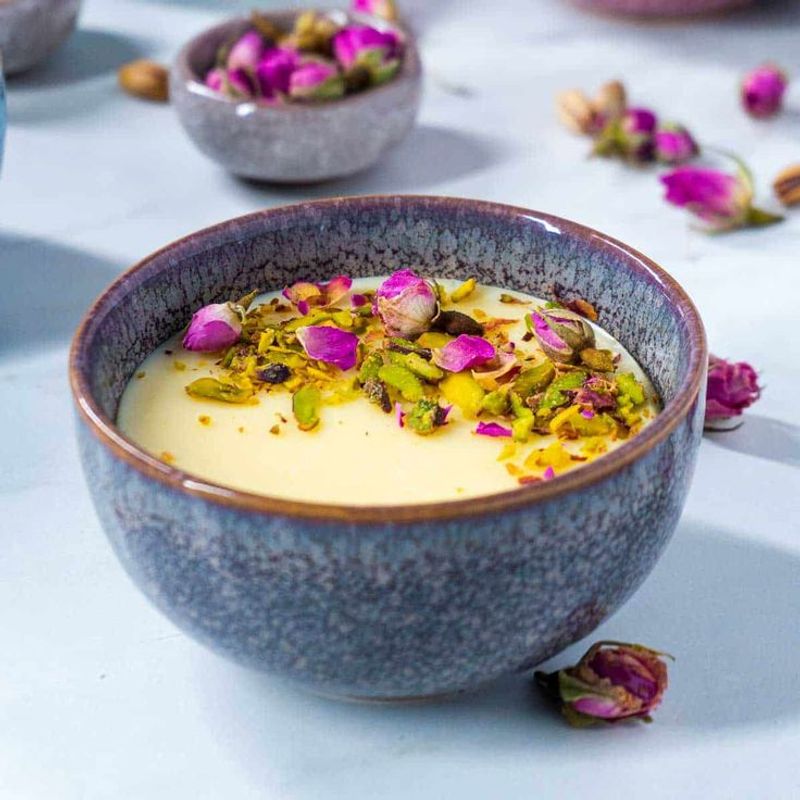
This smooth milk pudding from the Middle East blends milk, rice flour, and sugar into a soft, silky dessert that gently dissolves as you eat. Cooks often include orange blossom or rose water, adding a light floral flavor. Different regions have their own take—some sprinkle cinnamon on top, while others add pistachios or almonds for texture. This dish has roots going back hundreds of years to Persian kitchens. Served cold, Muhallebi provides relief during warm days and is often enjoyed during Ramadan when families end their fast with something sweet and cooling.
6. Baklava: Layered Pastry of the Middle East
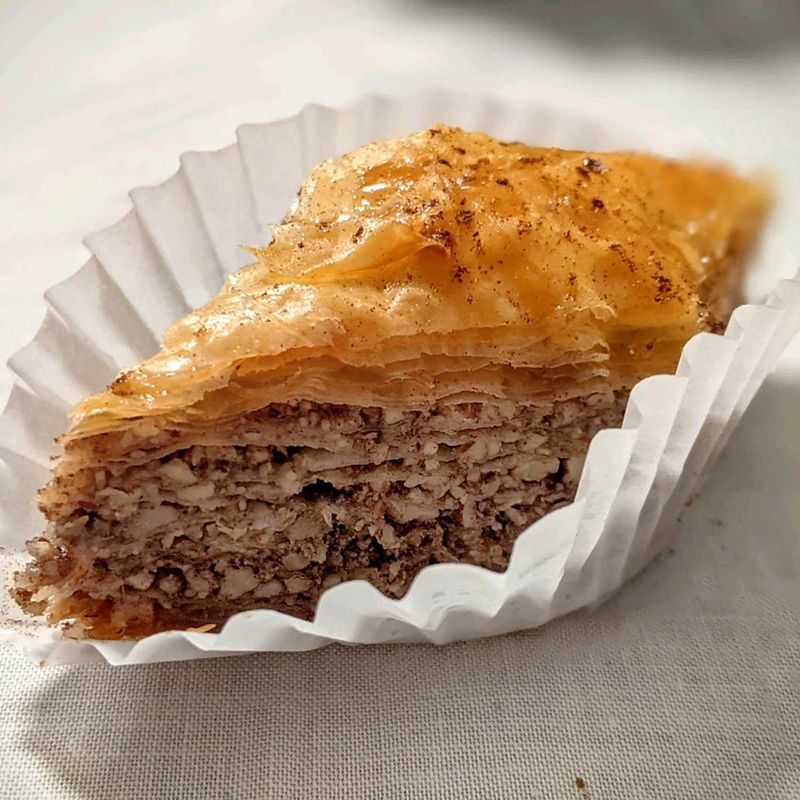
Baklava combines paper-thin layers of dough with honey and nuts to make a rich, layered dessert. Each piece combines the crisp texture of filo pastry, the sweetness of honey syrup, and the depth of pistachios or walnuts. Preparing baklava requires time and precision. Cooks stack multiple sheets of thin dough, brushing each with butter, then add chopped nuts before layering more dough on top. Once baked, warm syrup is poured over the pastry, allowing it to soak through. Families across Turkey, Lebanon, and other parts of the Middle East often serve baklava during different occasions and gatherings. The diamond-shaped pieces make it easy to share.
7. Es Cendol: Cooling Southeast Asian Treat
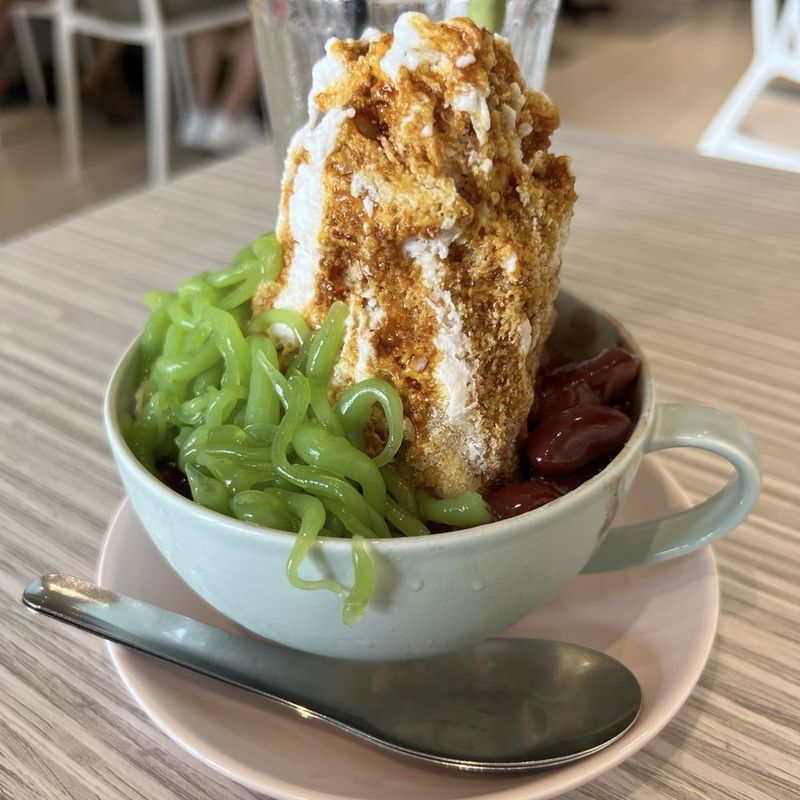
Es Cendol offers relief on hot tropical days with its sweet and cooling mix of ingredients. This popular drink-dessert features green jelly noodles made from rice flour and pandan leaves, served in a blend of coconut milk and palm sugar syrup. Across Indonesia, Malaysia, and Singapore, street vendors fill glasses with shaved ice, layer in the green noodles, pour over the coconut milk, and top it off with rich brown syrup. The mix of cold ice, smooth liquid, and chewy noodles adds contrast with every spoonful. Some versions also include sweet red beans or corn, adding flavor and texture variety.
8. Arabic Coffee: Cardamom-Spiced Drink
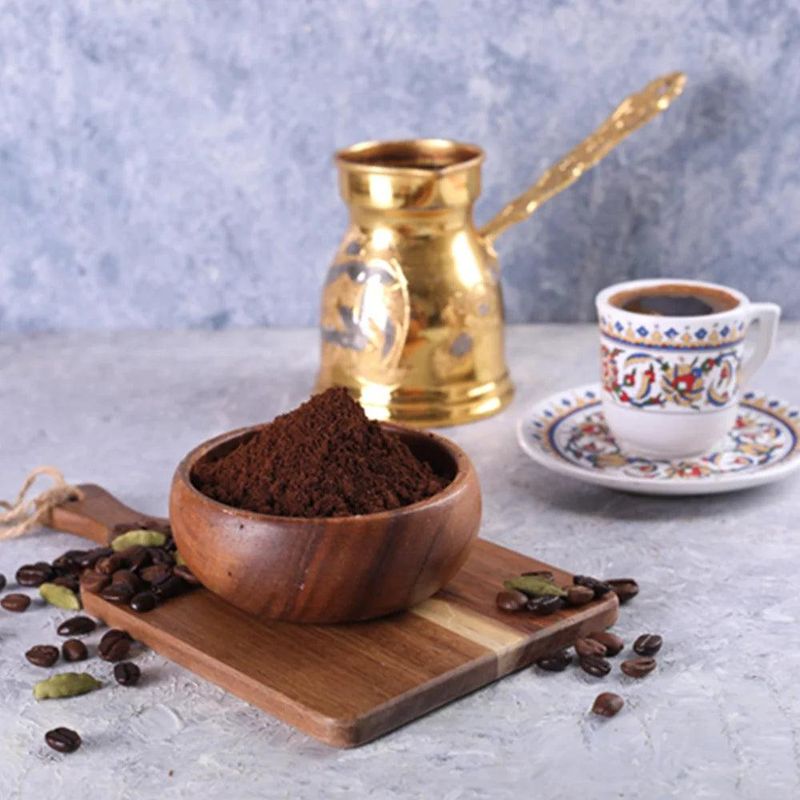
Arabic coffee (Gahwa) welcomes guests with its distinct cardamom flavor. This lightly roasted coffee is poured into small handleless cups, often accompanied by sweet dates to balance its slightly bitter taste. The preparation involves grinding coffee beans with cardamom pods and boiling the mixture in a special pot called a dallah. In some regions, saffron or cloves are added for a deeper flavor. The host serves the most respected guest first and continues refilling the cup until the guest shakes it to indicate they’re finished. In Saudi Arabia, the UAE, and other parts of the Middle East, serving coffee reflects hospitality and brings people together through conversation and shared time.
9. Jallab: Sweet Middle Eastern Fruit Drink
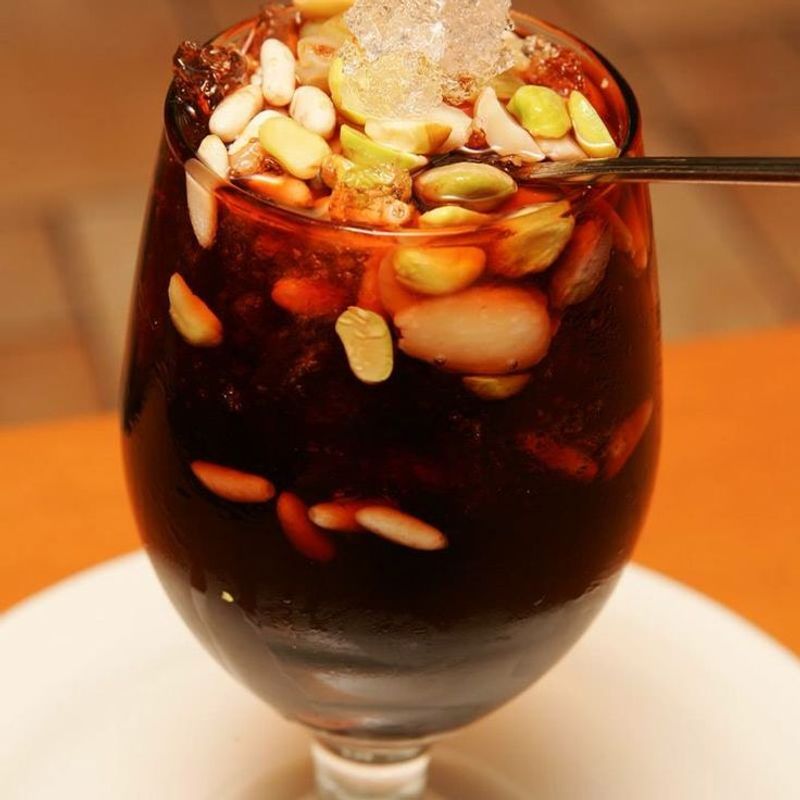
Jallab quenches thirst with its deep red hue and fruity sweetness. Made from date syrup, grape molasses, and rose water, this popular Middle Eastern drink offers a layered flavor that feels both familiar and intriguing. Vendors serve it chilled over ice, garnished with floating pine nuts and sometimes raisins. The pale nuts distinguish against the rich burgundy liquid, making for an attractive presentation. During Ramadan, Jallab is especially favored for breaking the fast. The natural sugars from dates and grapes provide quick energy after a day without food or water. Lebanese, Syrian, and Jordanian families enjoy this drink throughout the year as a naturally sweet alternative to sodas.
10. Mint Lemonade: Refreshing Middle Eastern Drink
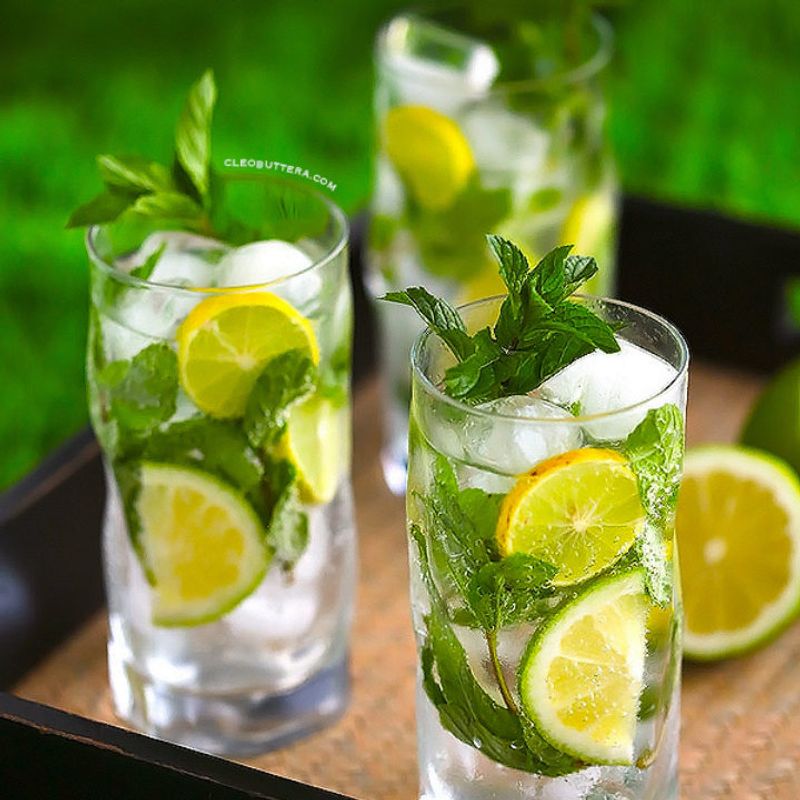
Mint Lemonade provides a refreshing break from desert heat with its bright, zesty flavor. This popular Middle Eastern drink combines fresh lemon juice, mint leaves, and sugar, blended with ice until smooth and frothy. The drink balances sweet, sour, and cooling elements with ease. The mint adds a crisp touch that makes it distinguish from regular lemonade. Some recipes include orange blossom water for a light floral aroma. This beverage is commonly served at cafes and restaurants across Lebanon, Jordan, and Egypt. Families often prepare large pitchers at home for summer gatherings. The green color comes naturally from the fresh mint leaves, making it visually appealing as well as enjoyable.
